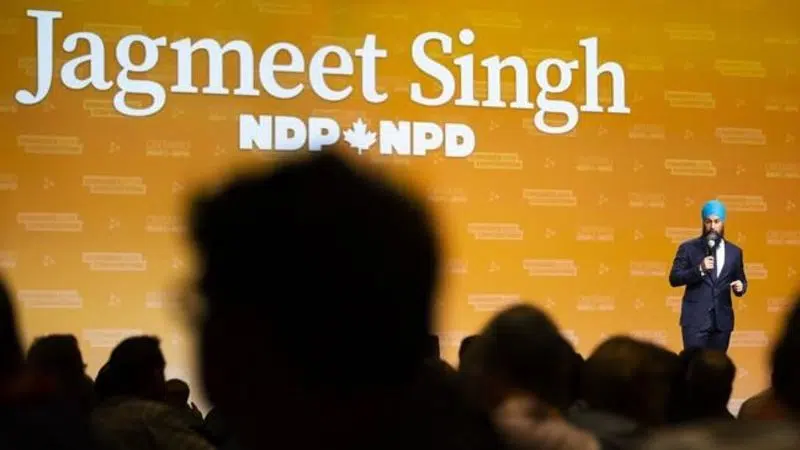
With a third of 2015 MPs not running, NDP turnover highest in at least 20 years
OTTAWA — When the federal election campaign gets underway in earnest, parties will be missing dozens of incumbent MPs who have opted against running again — including 11 sitting NDP MPs.
The party is suffering the highest attrition rate of any with official status in the last six elections, going back to before the 2000 contest.
Combined with MPs the New Democrats have shed over the past four years, a total of 15 members elected in 2015 will not be carrying the orange banner into the 2019 race. That’s more than one-third of the original caucus.
The attrition numbers include any MPs who were elected in one election but did not run for the party in the next. It does not include MPs who died in office, as it is meant to reflect changes in the caucus that are likely to have been politically motivated, from one direction of the other.


